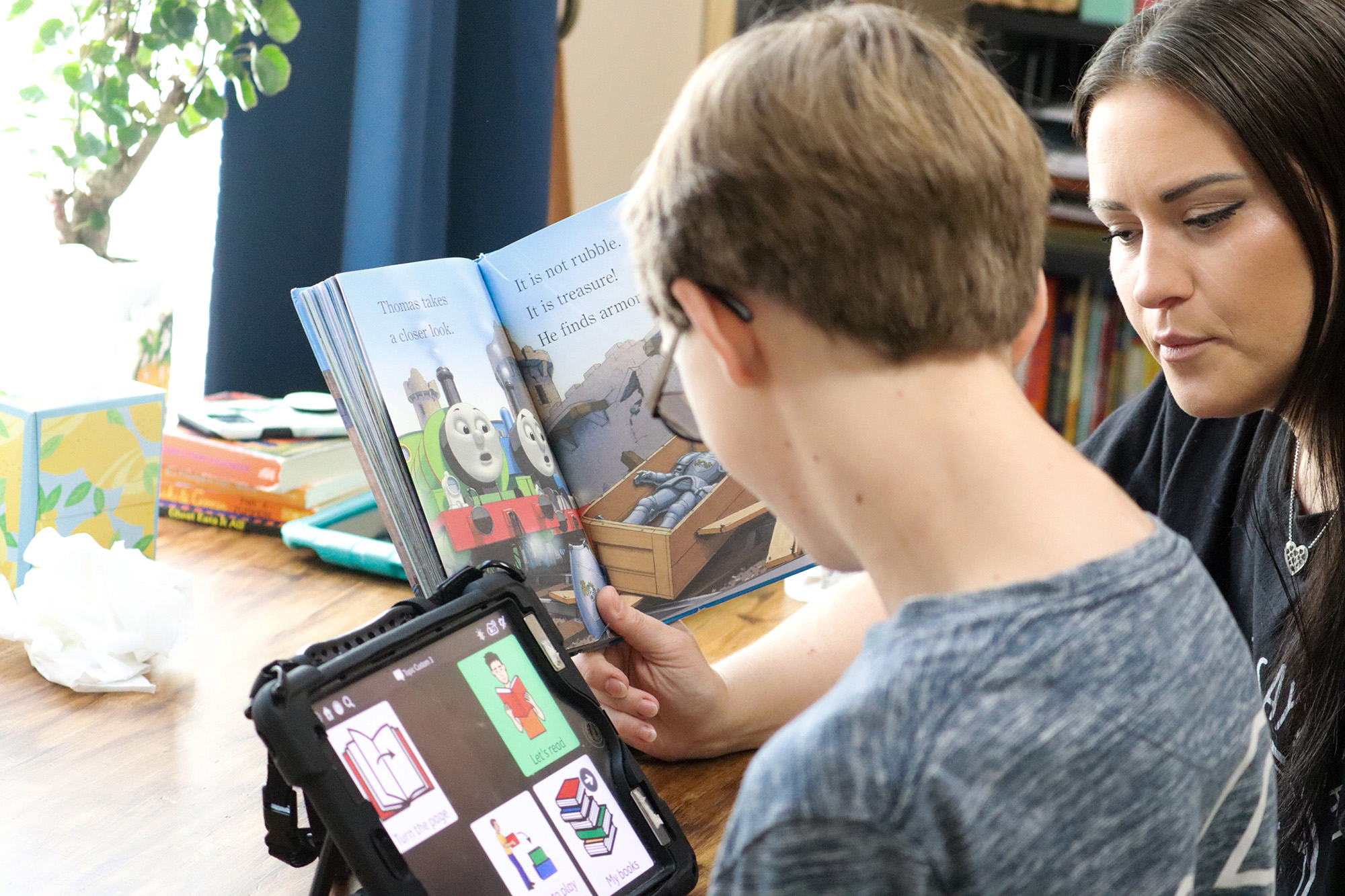This week we’re highlighting an important open-access article written by a team that includes researchers, a parent, and an AAC user. Overcoming Barriers to Literacy for Individuals Who Need or Use AAC looks closely at why so many AAC users are left out of literacy instruction—and more importantly, what we can do to change that.
Here’s the big idea: people who use AAC can learn to read and write. They just need access to instruction that’s adapted to their communication needs—and educators who believe it’s possible.
Unfortunately, many AAC users are still excluded from meaningful literacy instruction for three key reasons:
• They’re given programs that assume spoken responses are required
• Their educators and therapists may not have training in adapted literacy approaches
• Their AAC systems often aren’t designed to support the transition from symbols to text
The article walks through the real-life experiences of AAC users like Jamie Preece, who wasn’t taught to read as a child and didn’t discover he could until age 36. And Jordyn Zimmerman, who explains how being limited to preprogrammed messages affected her learning and well-being.
The authors also share the growing research base showing that:
• AAC users benefit from systematic, phonics-based instruction (yes, even students with significant disabilities)
• Instruction needs to be adapted—using visual choices, alternative response modes, and accessible AAC systems
There’s a strong call to action here for schools, families, and therapists: literacy is a human right. It opens the door to more autonomous communication, deeper social connection, and fuller participation in school, work, and life.
If you work with AAC users—or love one—this article is worth your time. But even if you don’t have time to read it cover to cover, know this: your expectations, your training, and your belief in your student’s or child’s ability to learn to read and write really matter.
📝 Read the full article here: https://doi.org/10.1080/07434618.2025.2502032
















